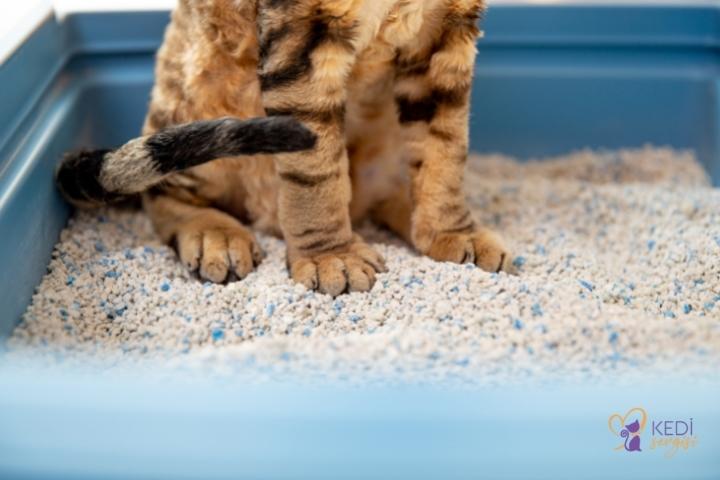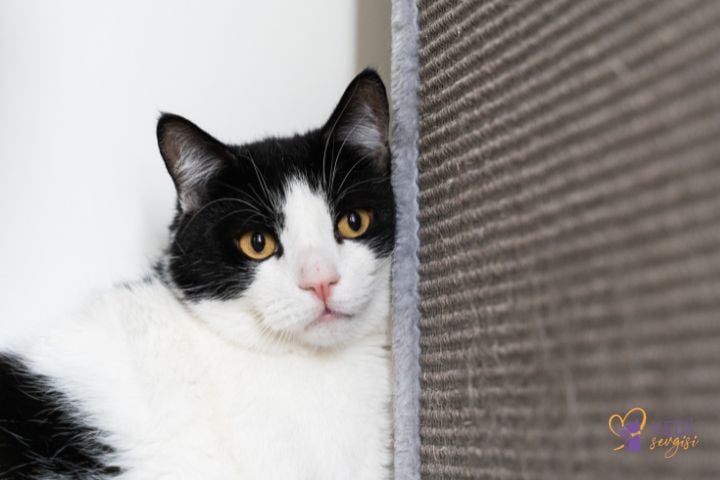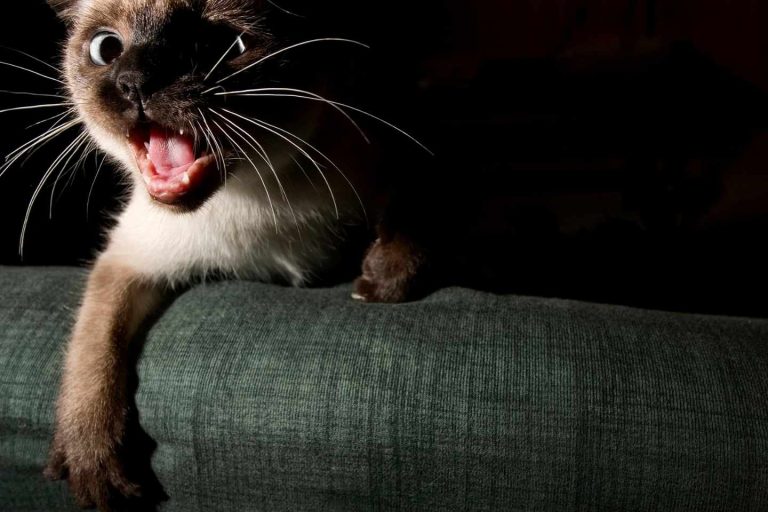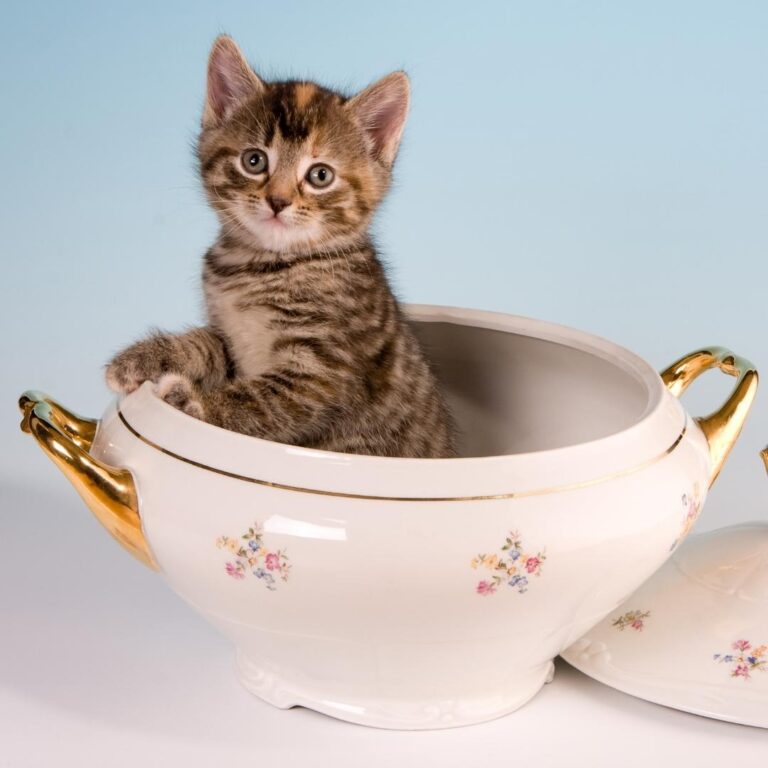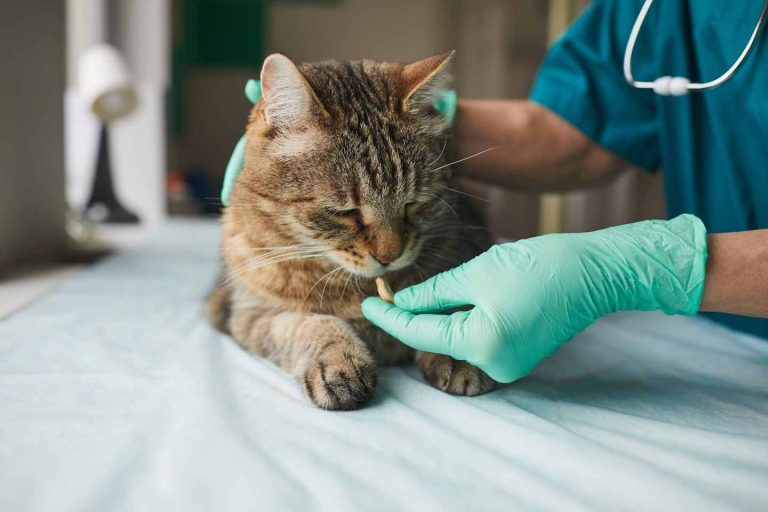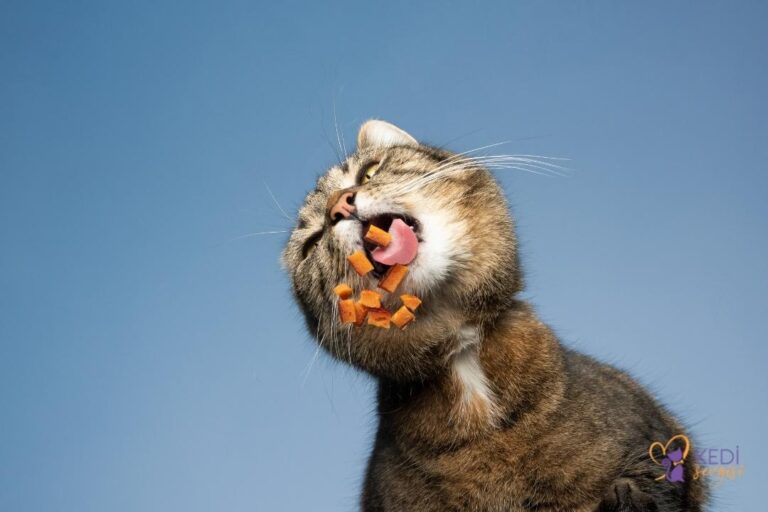What to Do If Your Cat Won’t Eat: Causes, Remedies, and When to See a Vet

Cats are famously picky eaters — but when your feline suddenly refuses food, it’s more than just stubborn behavior. A cat that stops eating for even a day or two can face serious health risks. Whether your pet is turning away from meals, sniffing and walking off, or hiding altogether, knowing what’s normal — and what’s not — is key to helping them recover safely.
Story Synopsis
A cat’s appetite can change for many reasons, ranging from simple stress or boredom to serious medical issues like dental pain, infection, or liver disease. Because cats are prone to hepatic lipidosis (fatty liver disease) if they go without food for too long, it’s vital to take action quickly.
The goal isn’t to panic — it’s to observe carefully, rule out obvious causes, and intervene early. Below, we’ll break down how to tell when it’s time for a vet visit, what home remedies can help, and how to tempt your feline friend back to the bowl.

1. Check for Medical Causes First
Before assuming your cat is just “being picky,” check for signs of illness. Loss of appetite can be an early warning of:
- Dental pain (bad teeth or inflamed gums)
- Kidney or liver disease
- Respiratory infections (they can’t smell food, so they don’t eat)
- Digestive issues such as constipation or nausea
- Parasites or internal inflammation
- Pain or stress-related disorders
If your cat hasn’t eaten for more than 24–36 hours, or is vomiting, lethargic, or hiding, contact a vet immediately. Cats can deteriorate faster than dogs when not eating.
2. Rule Out Environmental or Emotional Stress
Cats are highly sensitive to changes. Ask yourself:
- Did you recently move furniture or relocate homes?
- Have there been new pets, guests, or noises in the house?
- Did you switch food brands or move the bowl to a different place?
Try restoring routine and calm. Keep feeding areas quiet, away from litter boxes and busy areas. Offer familiar scents or bedding to reassure them.
3. Try Tempting Foods and Warming Techniques
Sometimes, you just need to make food smell irresistible.
- Warm wet food slightly (10 seconds in the microwave) to release aroma.
- Try tuna water, unsalted chicken broth, or a small amount of baby food (without onion or garlic).
- Offer freshly cooked chicken or fish — plain, unseasoned, and shredded.
- Sprinkle freeze-dried treats or crushed kibble on top of wet food.
Small frequent portions often work better than a full bowl, especially for cats recovering from illness or stress.
4. Hydration Matters Too
If your cat isn’t eating, they may also be dehydrated.
- Offer fresh water in multiple bowls around the house.
- Try a cat water fountain — many cats prefer running water.
- Mix a bit of wet food or broth into meals once they start nibbling again.
- For stubborn drinkers, consider vet-approved hydration gels or subcutaneous fluids (under veterinary guidance).
Hydration keeps organs functioning and helps restore appetite.
5. Never Force-Feed Without Vet Approval
It’s tempting to try to “make them eat,” but force-feeding or syringe-feeding without professional guidance can cause choking or aspiration pneumonia. If your cat still refuses food after 24–48 hours, your vet might recommend:
- Appetite stimulants (like mirtazapine or capromorelin)
- Prescription recovery diets
- Lab work or imaging to rule out internal disease
Always treat the cause, not just the symptom.
6. Prevention Tips for the Future
- Stick to a consistent feeding routine — same time, same place.
- Gradually introduce new foods (mix 25% new, 75% old for a few days).
- Keep the environment calm during mealtimes.
- Schedule regular vet checkups — early detection saves lives.
- Maintain dental hygiene with vet-approved chews or brushing.
Did You Know?
- Cats have far fewer taste buds than humans — about 470 compared to our 9,000. Smell matters more than flavor.
- A cat’s sense of smell is 14 times stronger than ours. That’s why cold or congestion kills their appetite.
- Cats that fast longer than 48 hours risk liver complications. Always seek care early.
- “Food refusal” can sometimes be a sign of pain, not pickiness — especially in senior cats.
If your cat isn’t eating, it’s a sign to pause, observe, and act quickly. Whether it’s a stressful change or a hidden health issue, early attention and gentle care can make all the difference in getting your feline friend healthy — and hungry — again.

